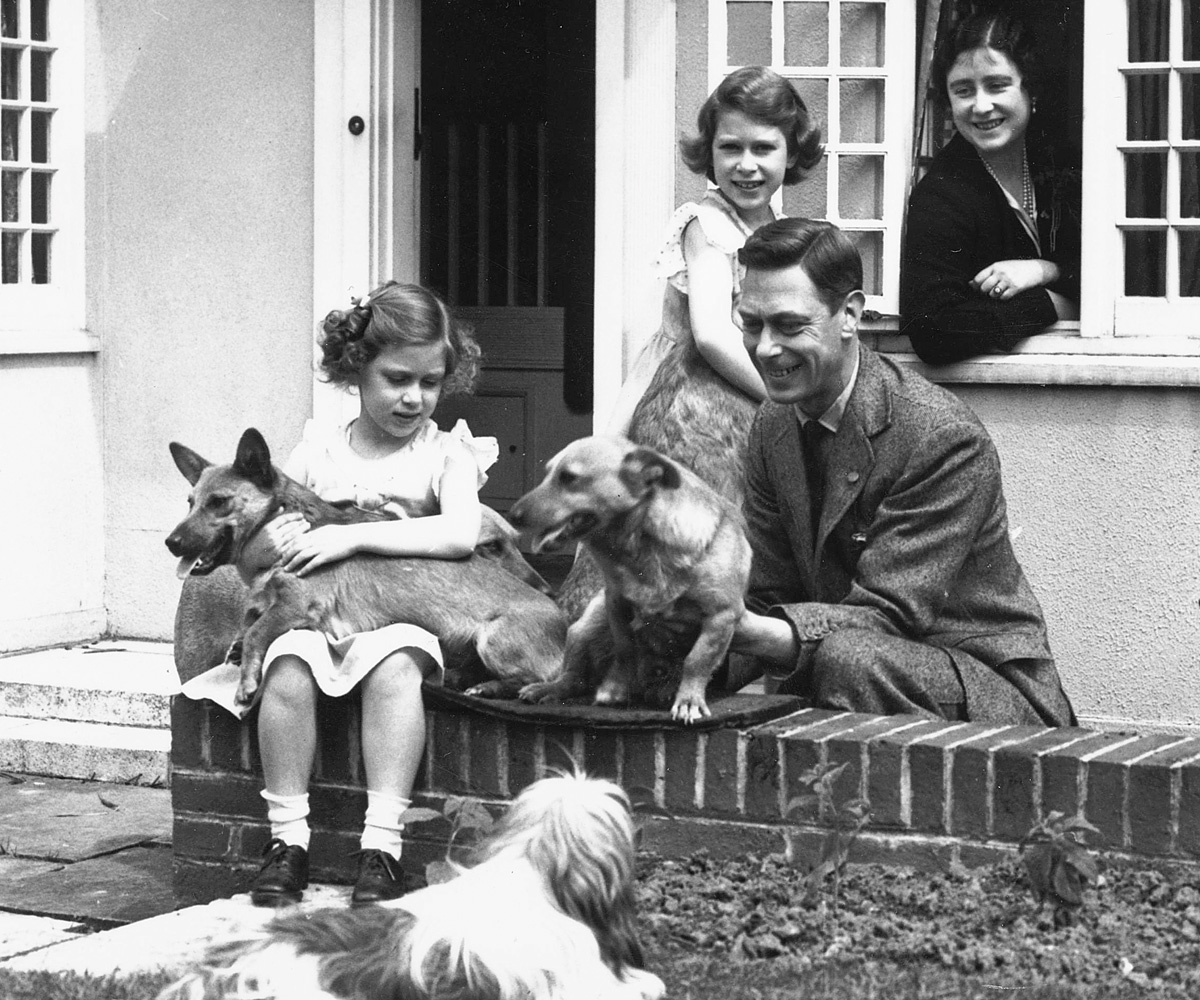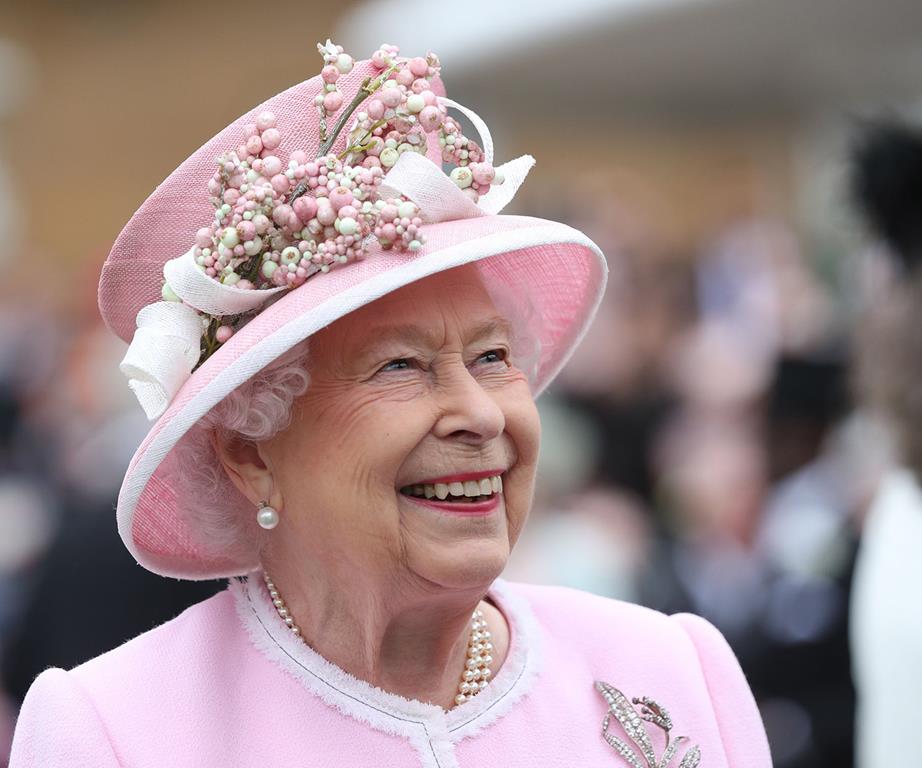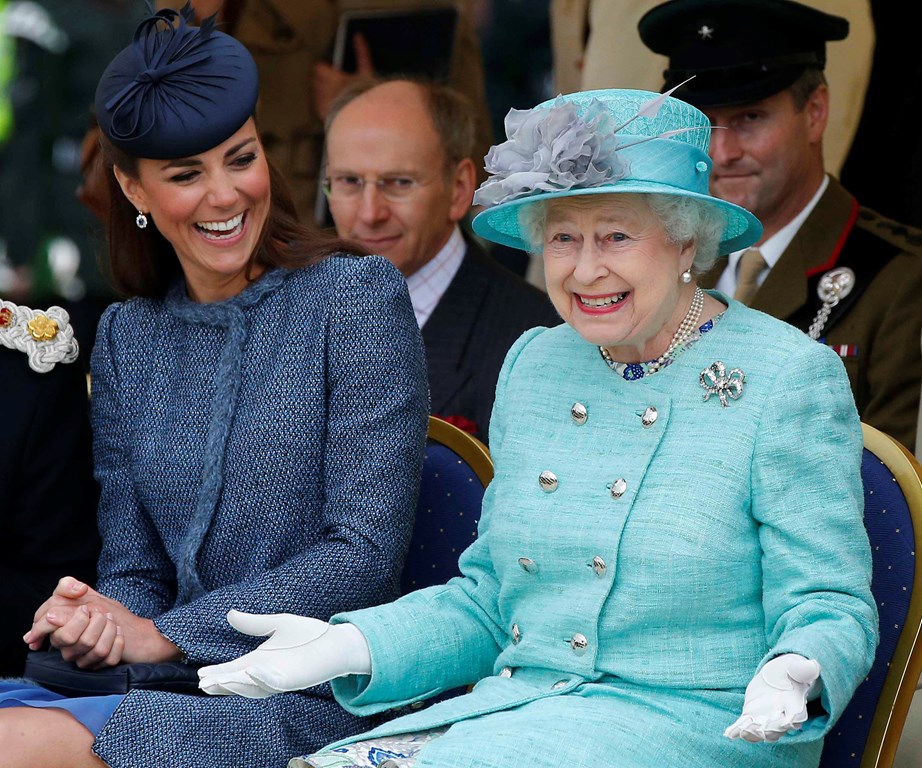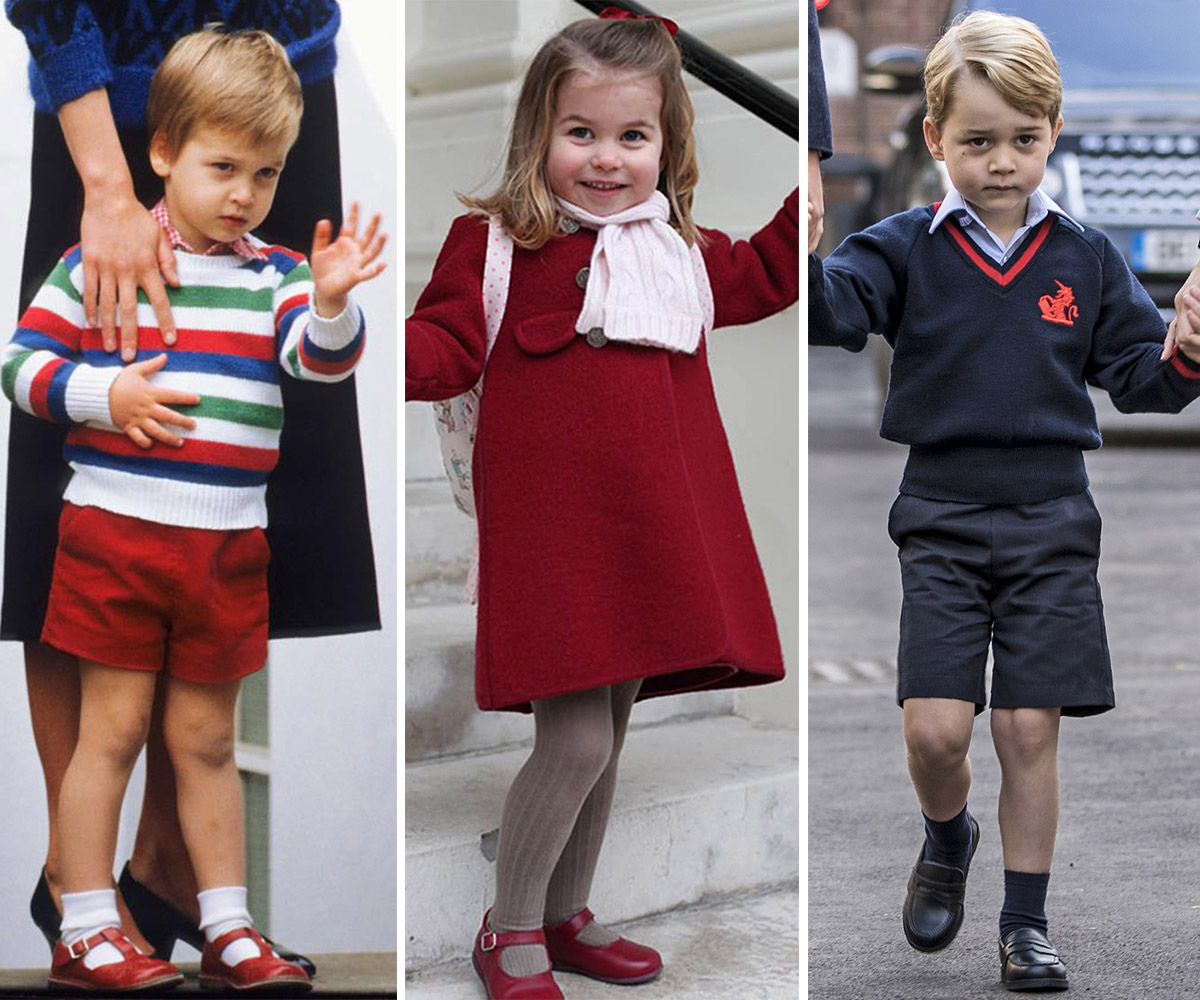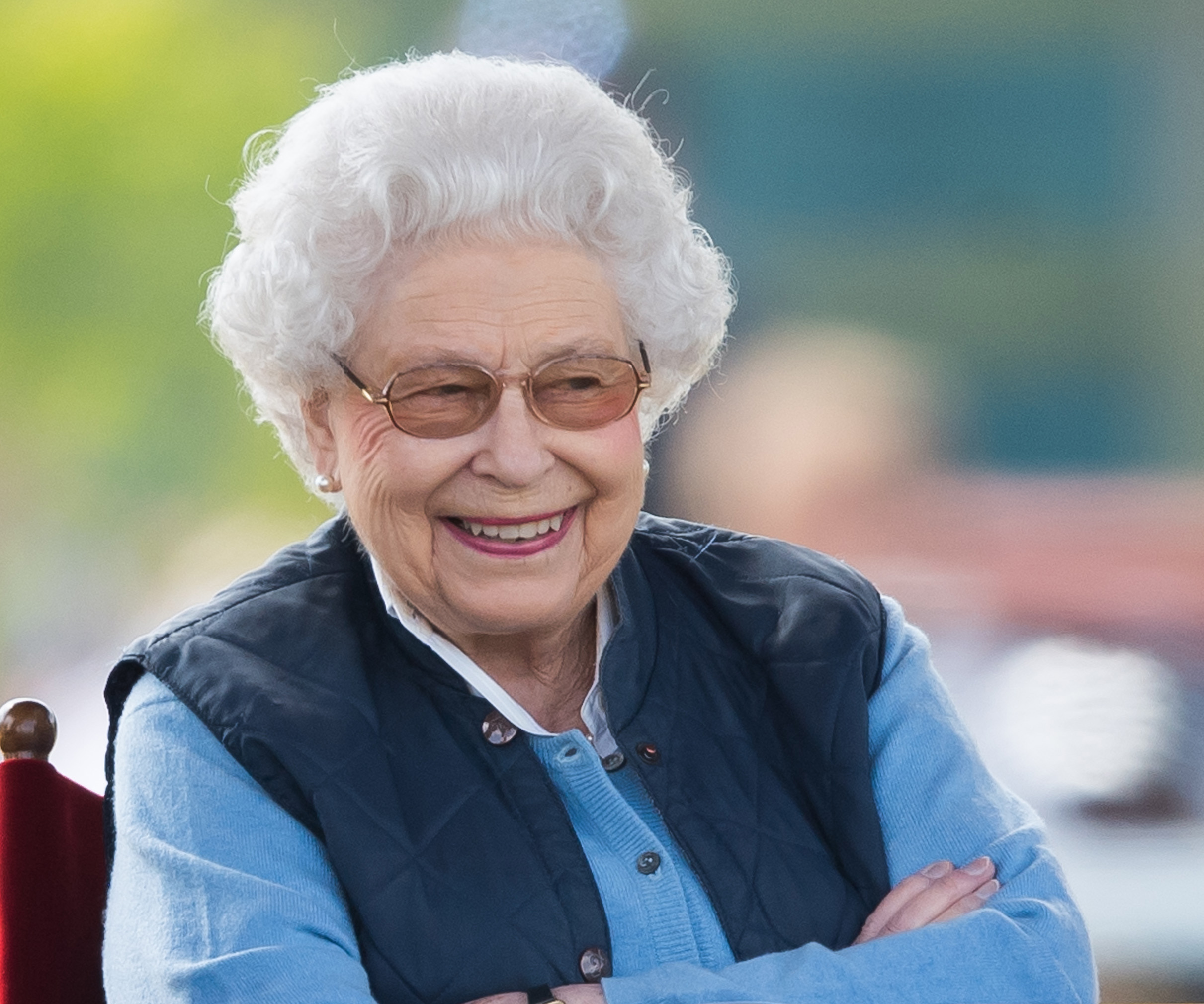In one shot, a 10-year-old Princess Elizabeth, the future Queen of England, is cuddling one of her dogs.
In another, she and her sister Princess Margaret and their father, King George VI, are making a fuss of their pets while the Queen Mother watches from their playhouse at Windsor’s Royal Lodge.
Then there’s Elizabeth, Duchess of York, now a mother herself, hauling toddler Princess Anne through a window at Balmoral Castle, with three-year-old Prince Charles giving his sister a shove from behind.
These stunning photos of three generations of the royal family looking relaxed and, well, normal caused a stir when they were first published thanks to their informality, which was a marked contrast to the very posed shots that were commonplace at the time.
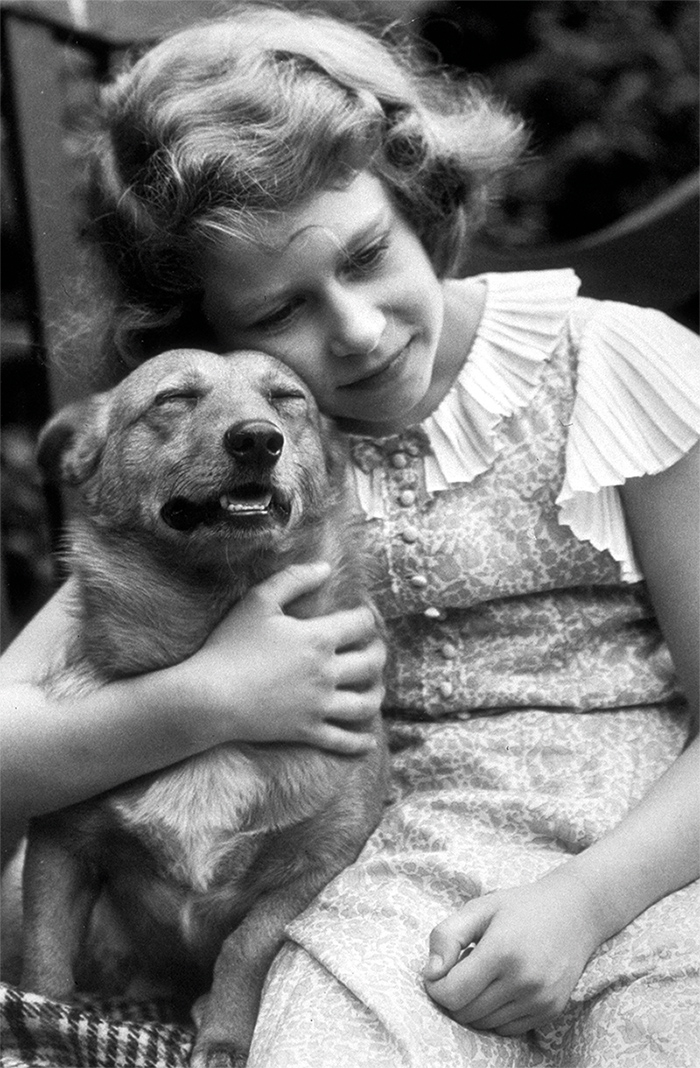
Princess Elizabeth with a beloved pet in 1936.
Even now, they are just as endearing, and it’s thanks to a Kiwi author that we know the fascinating story behind the photos, and the photographers responsible for the striking images.
Rodney Laredo, of Akaroa, has written a book called Informally Royal, and details how English couple Lisa and Jimmy Sheridan of Studio Lisa were chosen first by the Queen’s parents and then by the Queen herself to document their private lives for 30 years.
Rodney has long wanted to tell Lisa and Jimmy’s story, but it was only recently that he found a publisher prepared to stump up the money to pay for the rights to use Studio Lisa’s iconic photos, now owned by two international photo agencies.
“It’s been a long time coming, and I’m very pleased I found publisher The History Press, who had faith in the book and were prepared to take a chance,” says Rodney, whose five other books include the best-selling To Hell with Poverty, about him and his wife Alethea running an English country house in the UK.
Rodney first heard about Lisa and Jimmy after he began corresponding with their daughter Dinah Sheridan, a well-known British actress.
Then a teenager, he initially got in touch with Dinah in the late 1960s because she’d starred in a 1953 movie called Genevieve, about a 1904 Darracq car of the same name.
Rodney, a vintage car enthusiast and fledgling freelance writer, wrote articles about Genevieve, which had been shipped out to New Zealand, and Dinah shared her memories of the car with him.
“We stayed in touch and became great friends,” says Rodney.
When he later moved to London he spent lots of time with Dinah, also known for playing the mother in the film The Railway Children, and she told him about her parents and their link with the royals.
He thought it would make a great book and, although both Lisa and Jimmy had died by then, Rodney began gathering information by talking to Dinah and people who had worked for Studio Lisa.
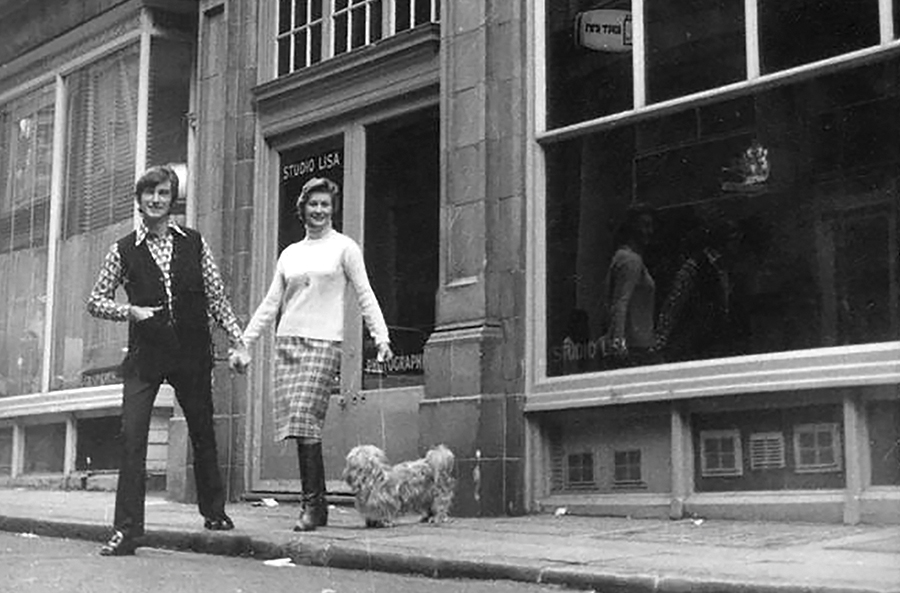
Rodney and Dinah outside Studio Lisa in London 1971.
Lisa and Jimmy’s story begins back in 1914, when 21-year-old Lisa fell in love with him while on a ship that was taking them from Russia – where they’d both spent part of their childhoods – back to the UK to escape the impending war.
They married shortly afterwards, before Jimmy was sent off to fight in France.
During the war, Jimmy spotted a discarded camera lying in a gutter and picked it up. Later, after being invalided out of the war when he was badly gassed, Lisa and Jimmy used the camera to take photos of their young daughters Jill and Dinah.
Money was tight, so the couple developed the photos themselves whenever they had spare cash, turning their bathroom into a makeshift darkroom.
In 1931, a photo Lisa took of Dinah grabbed the attention of a newspaper art editor after it was entered in a competition.
She was commissioned to take photos of domestic scenes for the women’s pages, and the photography business that would later become Studio Lisa was launched.
Eventually, Jimmy gave up his job as a bank clerk to help Lisa. He had the technical know-how, while her talent was composing photos and using light to its best advantage.
They’d take shots of family life, covering everything from food to babies and pets, and Lisa would then do the rounds of publications in London, selling the prints.
“Lisa was very progressive,” says Rodney.
“She would think, ‘What can we photograph that is likely to have commercial value?’ And then make it happen. She was very much ahead of her time.”
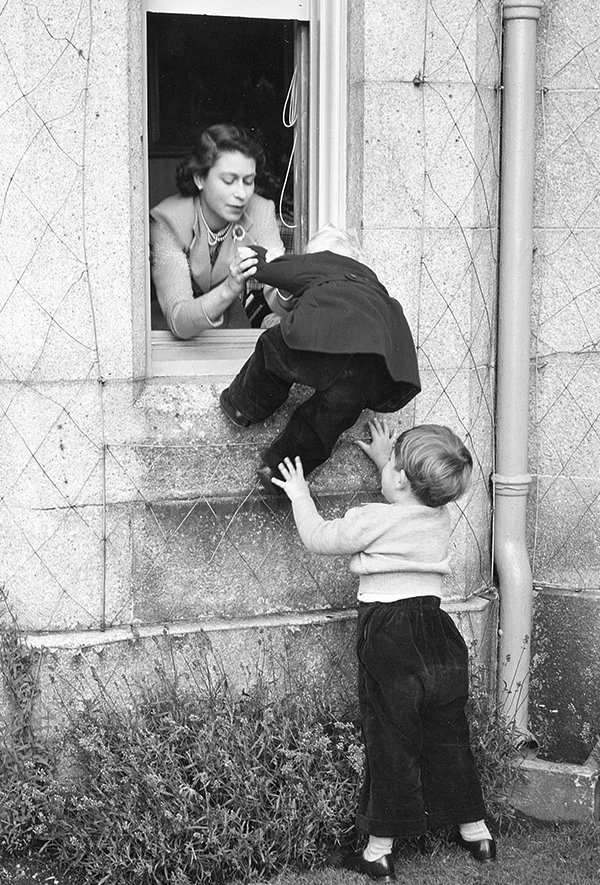
The then Duchess of York pulling Anne through a window with the help of a young Charles in 1952. Image: Getty
In 1936, Studio Lisa came to the attention of a local writer, working on a book about dogs, who had been granted the rights to include photos of
the Duke and Duchess of York and their daughters, princesses Elizabeth and Margaret, with their pet pooches.
Lisa and Jimmy were commissioned for the job, which was a huge coup, but their excitement at getting to photograph the royals turned to mortification when the author then sold the photos to the national press.
“They wrote to the duke and duchess, explaining what had happened and expressing their horror,” says Rodney.
To their delight, they were then invited to take more photos, this time for the royal couple’s personal use.
“What they didn’t know when they arrived in June 1936 at the Yorks’ home, Royal Lodge in Great Windsor Park, was that this was to be the first of many times they would be invited to photograph the family over the next 30 years, and that within months Edward VII would abdicate and the duke would be king.”
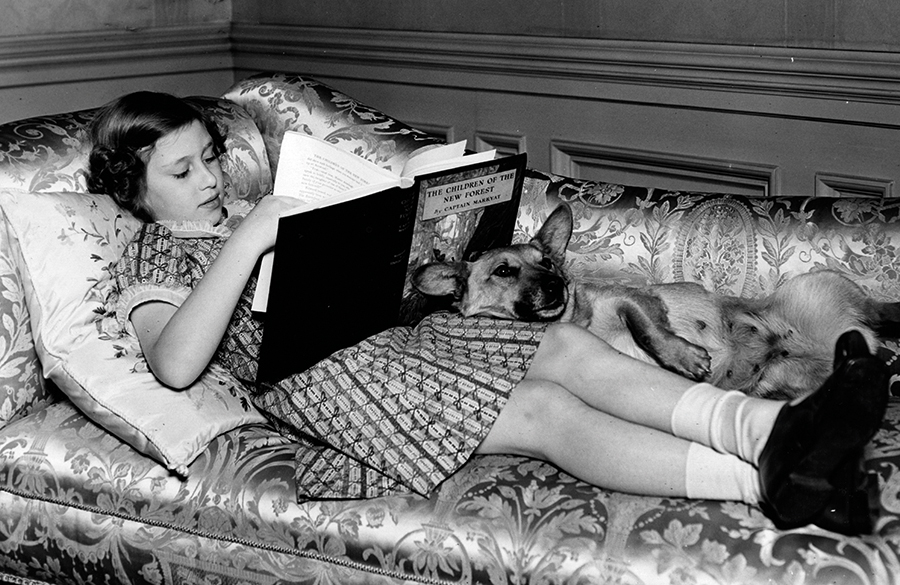
Princess Margaret reading in 1940. Image: Getty
One of the key differences between Studio Lisa photos and shots taken by other photographers was that Lisa and Jimmy’s images were much more relaxed and informal. They captured the family behaving naturally and interacting with each other, rather than in stiff, formal poses looking aloof and detached.
“Lisa and Jimmy were very keen to experiment with photos outdoors and, all those years ago, that was almost unheard of,” says Rodney.
“The duke and duchess were very happy to go along with this.”
Although the photos were unofficial ones shot for the royals, Studio Lisa was given permission to use some of them in A5-sized photo books released to mark most of the sittings.
These books went down a treat with the public, especially in the war years, when it was comforting for people to see the monarch and his family as more relatable.
Lisa and Jimmy were able to gain the trust of King George and the Queen Mother, Rodney says.
“They were never friends but they had a very good working relationship. They were of a similar age and both had two daughters, and when it came to photography they spoke the same language.”
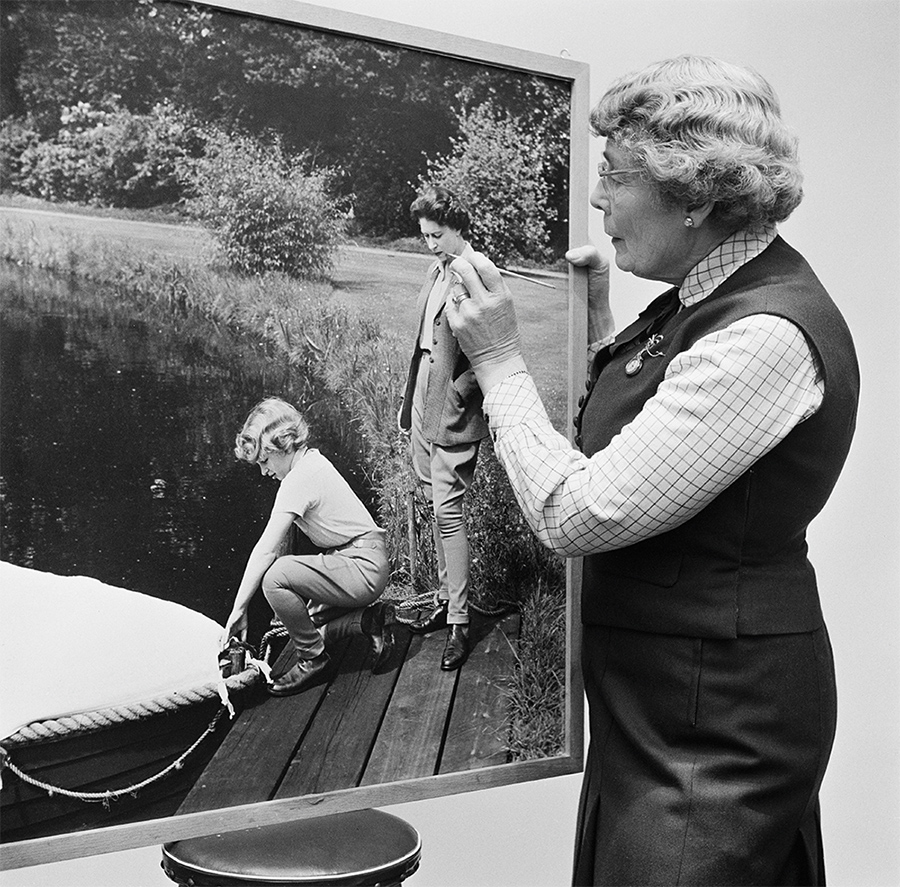
Lisa retouching a photo of the Queen and Anne in 1960. Image: Getty
In the book, Rodney recounts anecdotes from the photo shoots, including how a snap of a then Princess Elizabeth cuddling her dog Dookie was taken as she soothed him following a skirmish with another dog.
He also writes about Lisa’s perceptions of the royals. When she photographed the 14-year-old future queen in 1940, she found her to be “a trifle young for her years”, possessing “a loving, emotional sincerity that showed nothing in the way of overt sophistication”.
Elizabeth was more contemplative, with a tendency to hold back, compared to Margaret, who displayed a “noticeable maturity with an abundance of spontaneity”.
The sporadic photo sessions continued once Elizabeth became the monarch in 1952. Just a few months later the Sheridans were invited to Balmoral Castle in Scotland to photograph Her Majesty, Prince Philip, Charles and Anne.
The Queen, who still has a keen interest in photography, was very helpful with ideas, including getting the children to behave by suggesting she play station master while Charles and Anne “puff puffed” around the garden being trains.
Sadly, Jimmy died suddenly from a heart attack in 1958. One of the ways Lisa dealt with her grief was by throwing herself into work, including taking photos of the Queen and Anne at Windsor the following year.
She also went on to do commemorative shots of the Queen Mother for her 60th birthday, along with sessions with both Prince Andrew and Prince Edward as babies, and the boys together in 1965.
The photos from the shoot with Andrew in 1962 were used on stamps here in New Zealand in 1963, which was considered to be a huge accolade.
In 1966, Lisa – now known as aunt Lisa by the royal children – suffered a stroke and died 10 days later, aged 72. In her unopened mail was a letter from the Queen suggesting a sitting with all four of her children.
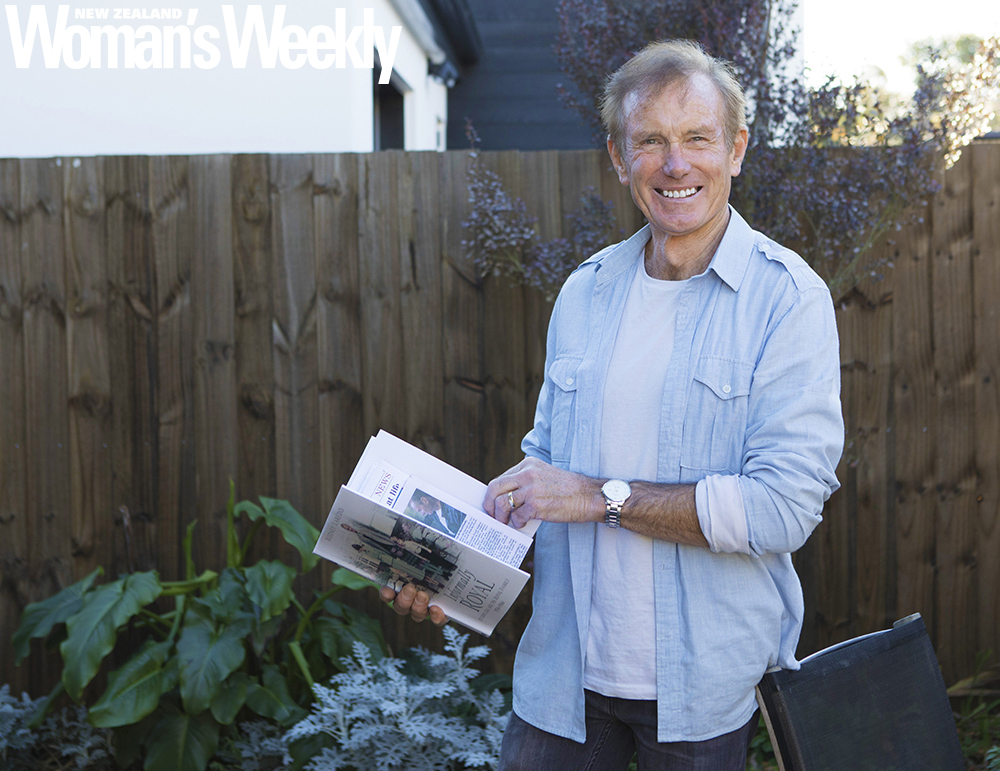
Rodney’s book has taken decades to write but has been worth it, he says.
Writing Informally Royal has been a labour of love for Rodney, who also teaches extension writing for children and does the marketing for a Christchurch publisher.
But he’s pleased to have finally had the chance to pay tribute to Lisa and Jimmy.
“Many of the photos in the book have never been seen before, and those that have been used get credited to Camera Press and Getty Images, who own them, which is a shame because it was Studio Lisa’s hard yakka,” he says.
“I’m glad that I can get the true story out there about the photographers behind these wonderful pictures.”
